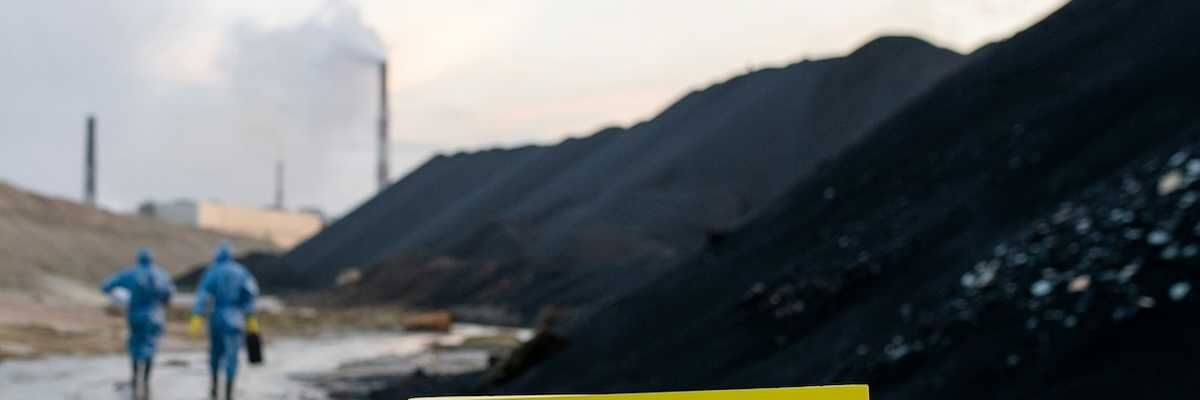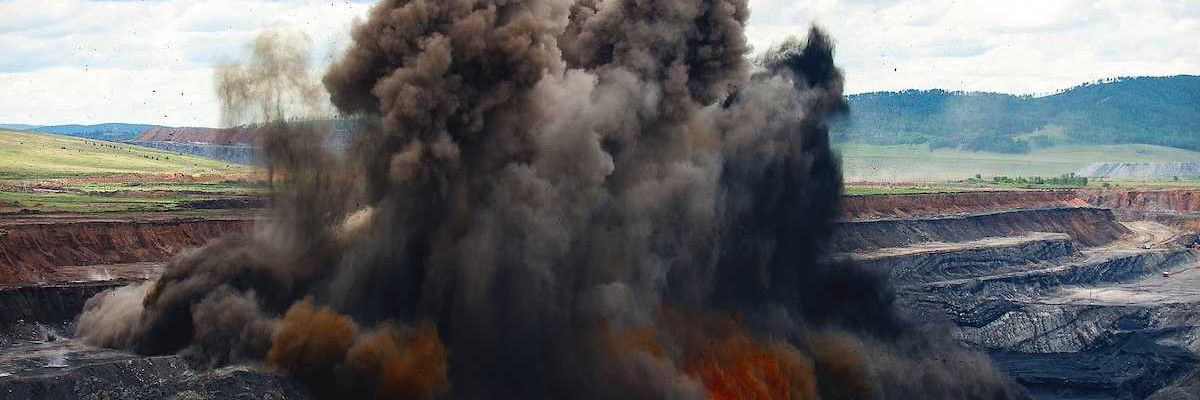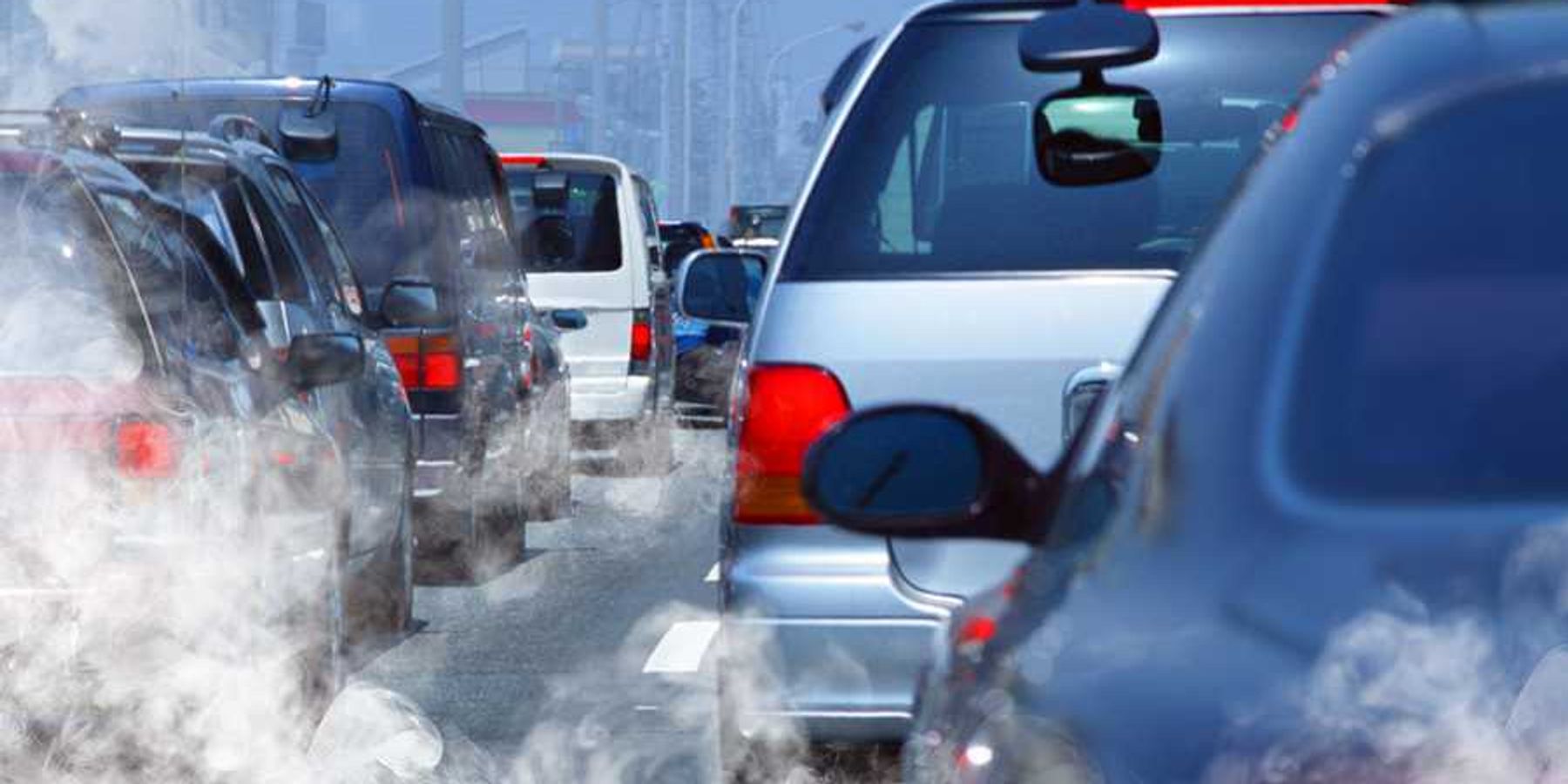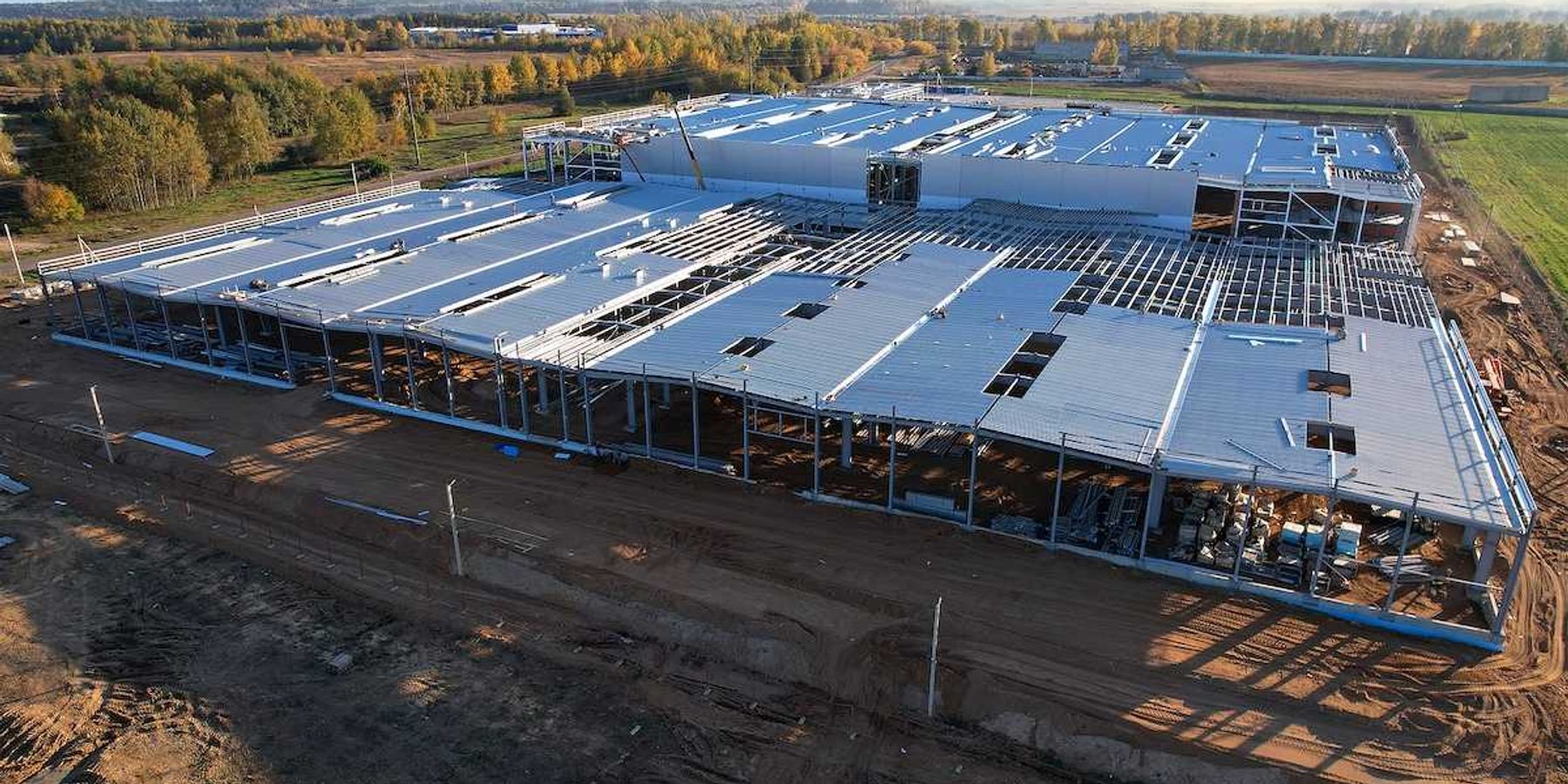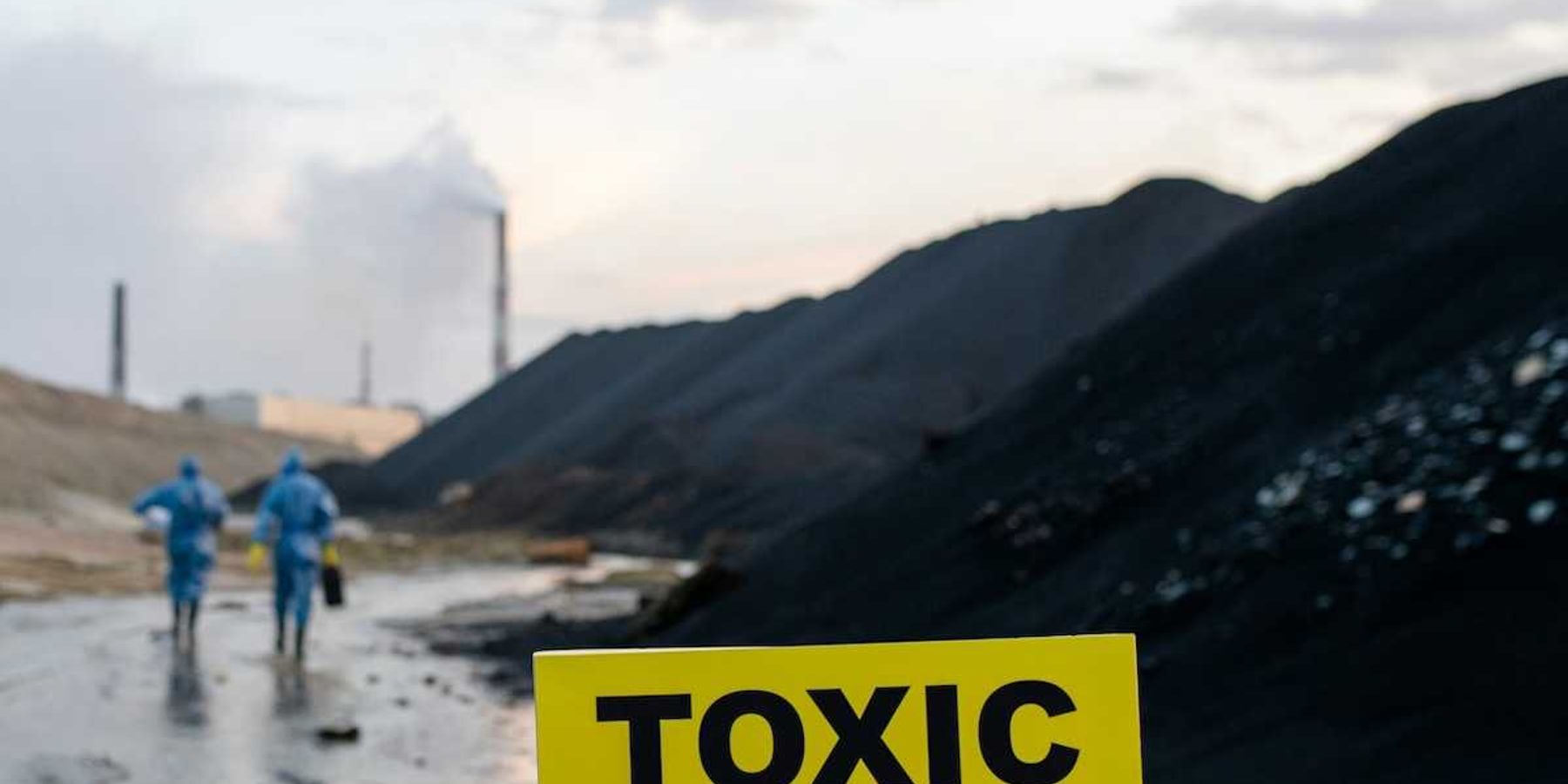innovations
Innovative concrete mix combats urban floods using seashell waste
A new type of permeable concrete made from discarded shellfish is helping to reduce flooding in Blackpool, England, by absorbing excess water in urban areas.
In short:
- The concrete, created by researchers at the University of Central Lancashire, uses crushed seashells to enhance water absorption and reduce stormwater runoff.
- It’s being tested in gardens and cycling paths, providing both flood protection and a sustainable use for shellfish waste.
- This approach addresses both climate-related flooding and the environmental impact of food and construction waste.
Key quote:
“They’re not so obvious at first… but as you walk on it, the shells become more apparent as you go, and little flecks of white start coming out.”
— Helen Jones, operations director at LeftCoast
Why this matters:
As climate change increases flood risks, innovative materials like shellfish concrete offer a sustainable solution that also reduces waste in construction and food industries.
Related EHN coverage:
Layoffs at big tech a boon for climate change firms
Many software engineers, programmers and data scientists are out of work, mulling what comes next. But climate technology firms have a tantalizing message: Come work for us.
There’s a carbon-capture gold rush. Some warn better solutions exist
All this money pouring into infrastructure should be a boon for high-speed rail, right? Not so fast
Cannibal wind farms, beating Earth’s orbit and other climate change briefs
On preindustrial fires, mosquitoes and the oops factor: When factoring in melt in the Arctic, one needs to know what the snow is doing now, not way back when.
4,300-year-old bat poo pile may tell tale of climatic changes
How are we going to adapt to climate change? That remains to be seen, but meanwhile a groundbreaking analysis of a 4,300-year-old accumulation of bat guano in a cave in Jamaica shows how they may have coped throughout that time.
Red Sea corals laugh off global warming – but suffer in the cold
Climate change is causing extreme weather: The Red Sea coral is resilient to heat but ironically, it bleaches in the cold.


